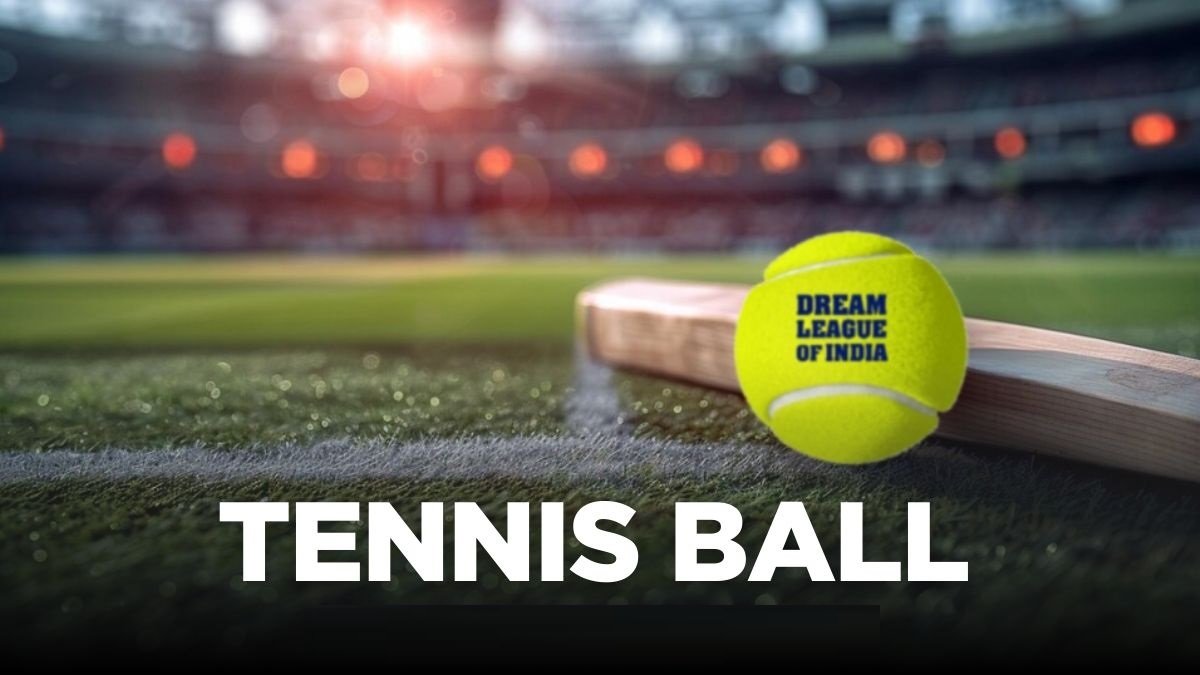Tennis Ball – Complete Guide for Players and Enthusiasts
A tennis ball may also appear to be a easy sphere of felt-covered rubber, however it is the coronary heart of one of the global’s most famous sports – Tenish ball. From the luxurious lawns of Wimbledon to casual road-aspect video games, the tennis ball is essential. This manual covers the whole lot from its records and manufacturing to sorts, specifications, and protection tips.
1. What is a Tennis Ball?
A tennis ball is a small, hollow rubber sphere blanketed with a brilliant felt material, designed mainly for the game of tennis. The ball is engineered to dance, travel at excessive speeds, and endure consistent affects during play.
Key functions encompass:
- Bright yellow or white color for visibility
- Pressurized or non-pressurized center
- Felt overlaying for aerodynamics
- Standardized weight and diameter
2. History of the Tennis Ball
The tennis ball has passed through many changes because the origins of the game.
| Era | Description |
|---|---|
| Medieval Times | Early tennis balls were made from leather stuffed with wool or hair. |
| 16th Century | Balls were made from stitched fabric filled with feathers. |
| 19th Century | Introduction of rubber balls after Charles Goodyear’s vulcanization process. |
| 1972 | The International Tennis Federation (ITF) standardized the optic yellow color for better visibility on TV. |
3. Composition and Materials
A present day tennis ball consists of principal additives:
- Rubber Core: Made from vulcanized rubber for sturdiness and soar.
- Felt Covering: A woven wool-nylon mixture that impacts speed, spin, and manipulate.
Process:
- Two 1/2-shells of rubber are molded.
- They are glued together underneath warmness and strain.
- The felt is reduce into dumbbell shapes and punctiliously wrapped.
- Balls are pressurized with air or nitrogen.
- Finally, they go through excellent testing.
4. Types of Tennis Balls
The International Tennis Federation (ITF) classifies tennis balls into 3 kinds for special gambling surfaces and altitudes.
| Type | Description | Ideal Surface |
|---|---|---|
| Type 1 | Fast-speed balls | Clay courts |
| Type 2 | Medium-speed balls | Grass, hard courts |
| Type 3 | Slow-speed balls | High-altitude areas |
Other Classifications:
- Pressurized Balls: Filled with air for high bounce; utilized in professional video games.
- Non-Pressurized Balls: Longer lifespan however lower leap; preferred for practice.
- Training Balls: Foam or low-compression balls for beginners and children.
5. Tennis Ball Specifications (ITF Standards)
| Specification | Measurement |
|---|---|
| Diameter | 6.54–6.86 cm |
| Weight | 56.0–59.4 g |
| Rebound Height | 135–147 cm (from 254 cm drop) |
| Color | Yellow or white |
| Felt Composition | 50–70% wool blend |
6. Tennis Ball for Different Player Levels
| Player Level | Recommended Ball |
|---|---|
| Beginners | Low-compression or foam balls for slower bounce and easier control |
| Intermediate | Standard pressurized balls for learning spin and control |
| Professional | Tournament-grade pressurized balls for consistent performance |
7. Popular Tennis Ball Brands
- Wilson – Official ball of US Open
- Penn – Popular in North America
- Dunlop – Used in Australian Open
- Slazenger – Official ball of Wimbledon
- Babolat – Known for sturdiness
8. Tennis Ball Pricing
| Type of Ball | Price Range (INR) |
|---|---|
| Practice Foam Balls | ₹100–₹200 per ball |
| Non-Pressurized Balls | ₹150–₹250 per ball |
| Pressurized Balls | ₹200–₹350 per ball |
| Tournament Grade Balls | ₹350–₹500 per ball |
9. How to Choose the Right Tennis Ball
When buying a tennis ball, don’t forget:
- Player Level (Beginner, Intermediate, Professional)
- Surface Type (Clay, Grass, Hard Court)
- Ball Type (Pressurized vs. Non-pressurized)
- Brand and Quality Certification (ITF approved)
10. Tennis Ball Maintenance Tips
- Store in a pressurized field to keep soar.
- Avoid extended publicity to warmth and moisture.
- Rotate balls in the course of play to make sure even put on.
- Use vintage balls for practice or different purposes (dog toys, chair floor protectors).
11. Fun Facts About Tennis Balls
- Wimbledon makes use of over 54,000 tennis balls every match.
- Tennis balls had been as soon as white until TV broadcasting made yellow greater seen.
- At high altitudes, balls are designed to be slower because of decreased air resistance.
12. Tennis Ball Recycling
Old tennis balls may be recycled for:
- Dog toys
- Playground surfaces
- Shock-soaking up flooring
- Creative art projects
13. FAQs about Tennis Balls
Q1: Why are tennis balls fuzzy?
A: The felt covering slows the ball and presents better manage by using growing air resistance.
Q2: How lengthy does a tennis ball ultimate?
A: For professional play – 1 healthy; for informal play – 2–4 weeks.
Q3: Why are new Tenish ball saved in cans?
A: The sealed pressurized can preserves bounce and performance.
14. Conclusion
The Tenish ball is more than simply a chunk of sports activities equipment – it’s a product of science, engineering, and tradition. Whether you’re a beginner gaining knowledge of to rally or a professional chasing a Grand Slam name, choosing the right tennis ball could make a distinction in your sport.










